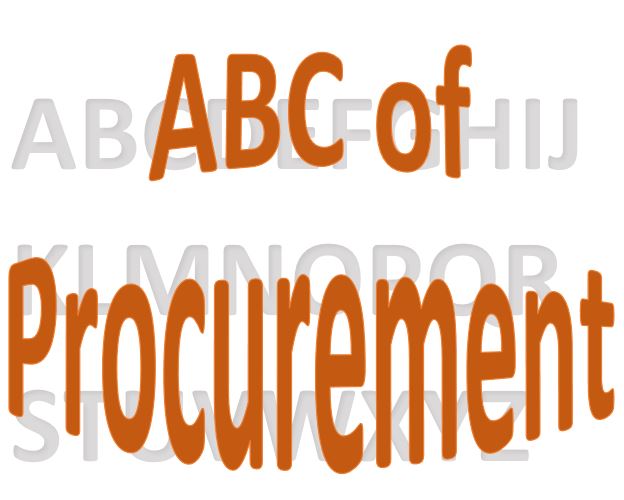It was quite difficult to determine a good title for this article. There are several ways we are doing procurement.
It depends on the nature of the goods or services. The frequency of purchases. And the nature of our business.
Let us try to put some order in this.
Project procurement
In a nutshell, project procurement is not cyclical. The requirements are related to the project at hand. And timing is very important.
In this case, we are getting a list of materials along with the delivery schedule, at the project start. We negotiate the prices for full quantity. And then our main target is to have everything delivered on time.
Once the project is finished we should not have any stock left. And no outstanding payments to the supplier. Yes, cash flow is very important in this type of procurement. You do not want to get stuck in the middle of the project due to payment issues. Therefore, the payments to the vendors have to be in sync with the income from the client.
Annual service contracts
This type of contract is often used in Facilities Management and similar companies. Basically, a specialized service is outsourced to the vendor. Which could be something simple, like cleaning. But as well as maintenance of a cooling tower, a building management system or a cloud centre.
These contracts are very technical in nature. They have detailed work specifications, Service level and Key performance indicators. And usually, they are of relatively high value.
On the good side, they are also a bit of a “set and forget” kind. Once all terms have been agreed and the contract is signed, we do not get much involved. Unless something goes wrong, of course.
Using aggregators
Who said there is no “make or buy” decision for procurement itself?
I would claim that aggregators are the first way of outsourced procurement that came to market. Those are traders who take care of your sourcing. All you need to do is to send them your requirement. As they do this for several companies, they have stronger buying power. Hence, they can secure better prices that your team is able to. A part of which they keep as their profit.
I have to admit that using aggregators is a hit on your ego. It is difficult to admit that someone can do the job better than you. But data confirms it. Still, I was checking them out every now and then…
If you have a category with a low value and a high number of items, they are perfect. A lot of headaches are taken from you for a relatively low cost.
VMS and annual contracts
VMS (vendor managed store) contracts are often in retail. The vendor is responsible to check your stock and replenishing it when necessary. So it is a very convenient way and saves you as well a bit on manpower costs. Annual contracts have all terms and conditions set for a year. Once the preset order level is reached, orders are going to the vendor automatically. The only difference is that store determine when and in what quantity the stock shall be replenished.
Both systems are applicable only if we have standard goods that are constantly rolling. From a procurement perspective, they are very easy to manage.
Low-value operational procurement
I have put this here so that everyone can understand that sometimes “no system” is a system as well. Just the requirements are such that it can not be done in any other way. If you have thousands of different items that are consumed in an irregular way, there is no system. You can not plan ahead. And this removes as well the option of having a contract or price agreement. All you can do is one by one. As and when the requests come, deal with them.
Of course, this is not a full list. You will find in practice many other ways teams are getting their work done.
After all, as long as we are getting the 5 rights of procurement sorted out, it doesn’t matter how we call “our way” of procurement. Because this is what we do, getting things.

